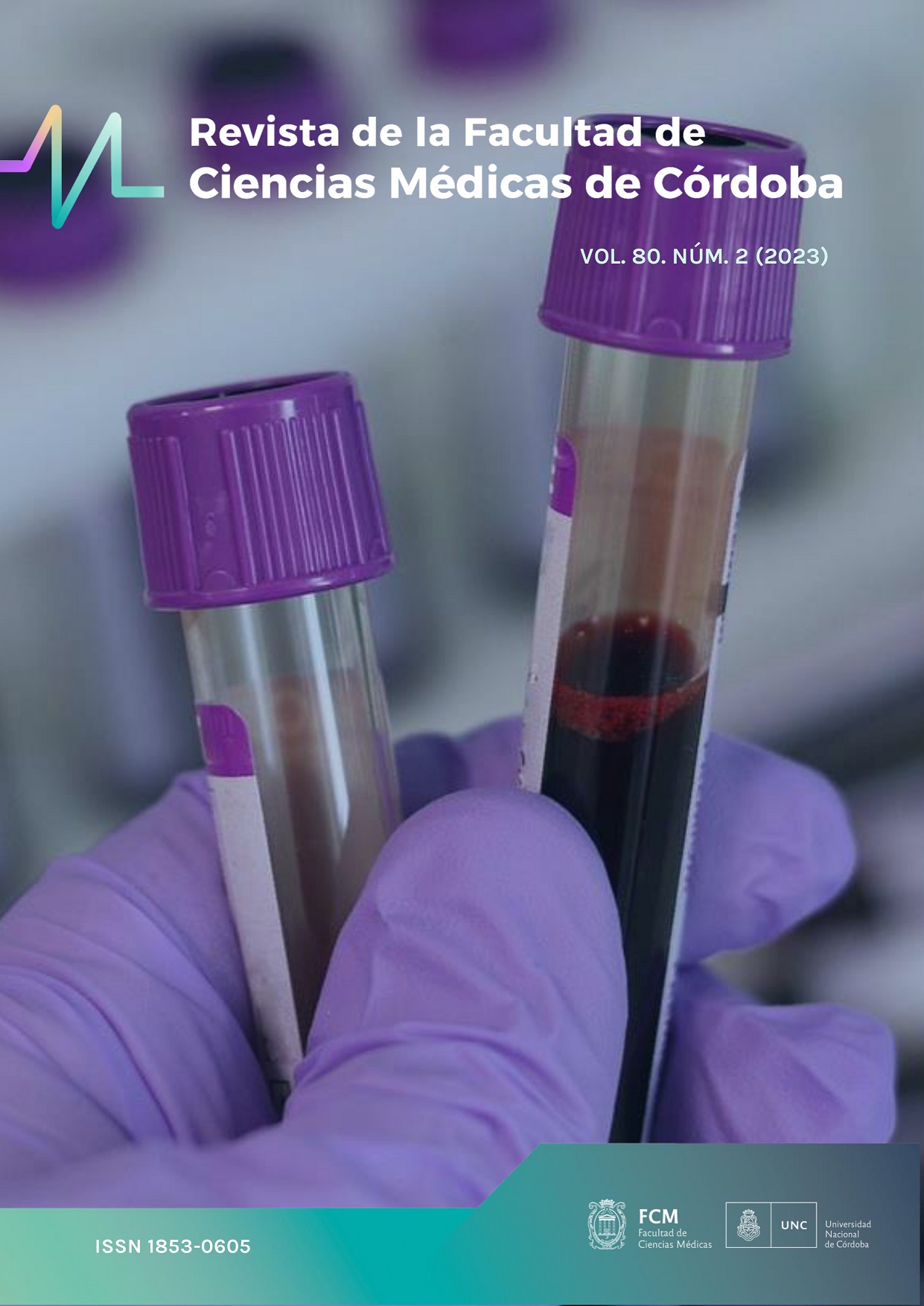CO-RADS: Lung tomographic patterns as diagnostic predictors of COVID-19 pneumonia
Keywords:
Covid-19, tomography, Diagnostic ImagingAbstract
Abstract:Background: CO-RADS is a standardized interpretation and reporting system created by the Dutch Radiological Society that assesses suspicion of SARS-CoV-2 pneumonia on computed tomography (CT), on a scale from 1 (very low suspicion) to 5 (very high suspicion). It was developed to ensure consistent and replicable tomographic reports. The diagnosis of infection is usually confirmed by polymerase chain reaction (RT-PCR), whose main disadvantages are the lack of availability and the delay in results.
Objectives:
-Categorizing, according to CO-RADS scores, tomographic findings in patients suspected of COVID-19.
-Describing prevalent tomographic patterns in COVID-19.
-Correlating the CO-RADS scale with the results of the RT-PCR test.
Materials and methods: A descriptive and retrospective study was carried out on 46 patients suspected of COVID-19 who underwent both chest CTs and RT-PCR tests, at the Hospital Italiano of Córdoba during October 2020. All patients considered "suspicious cases" according to the Emergency Operations Center of the Province of Córdoba were included in the study. When CT scans were analyzed, a CO-RADS score was individually assigned and compared with the RT-PCR result. The research work was approved by the Research and Teaching Department of the Hospital Italiano of Córdoba.
Results: CT scans were performed, on average, 4.85 days after the onset of the symptoms. The most frequent findings were bilateral and subpleural ground-glass opacities, present in 74% of the cases. When splitting patients into two groups, one composed of those with low suspicion of COVID-19 infection (CO-RADS 1 and 2) and the other composed of those with high suspicion of COVID-19 infection (CO-RADS 4 and 5), a statistically significant correlation (p=0.0332) between the CO-RADS scale and the RT-PCR result was found, with 25% positivity in the first group and 66% positivity in the second one. No CT with CO-RADS category 3 was found.
Conclusions: The CO-RADS scale may be a diagnostic tool for SARS-CoV-2 lung infection, as it showed a correlation between categories 4-5 and positive RT-PCR results. Bilateral and peripheral ground-glass opacities are the most common findings. Further evaluations of the diagnostic performance of CO-RADS are needed.
Downloads
References
.
Published
Issue
Section
License

This work is licensed under a Creative Commons Attribution-NonCommercial 4.0 International License.
The generation of derivative works is allowed as long as it is not done for commercial purposes. The original work may not be used for commercial purposes.












